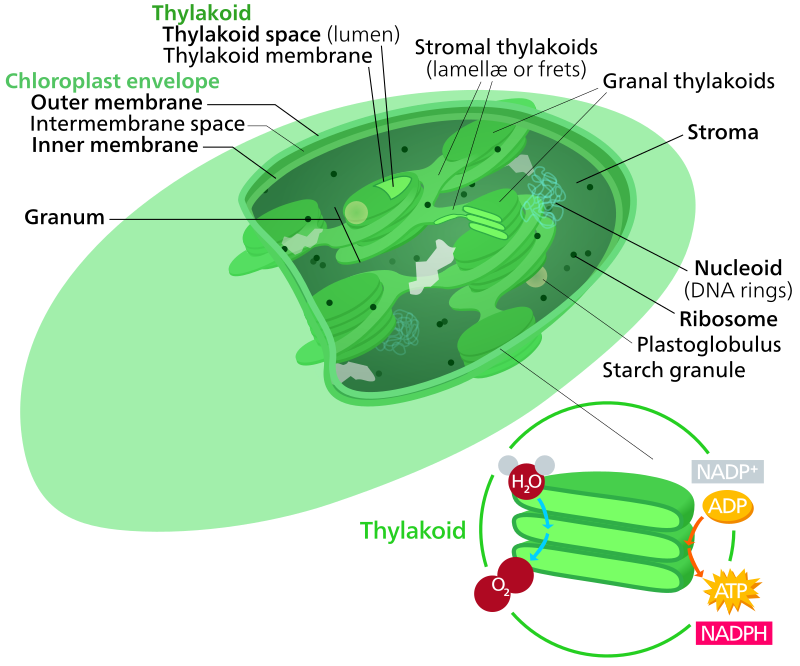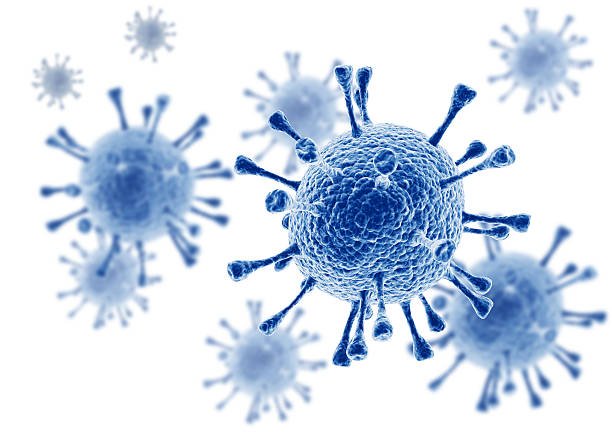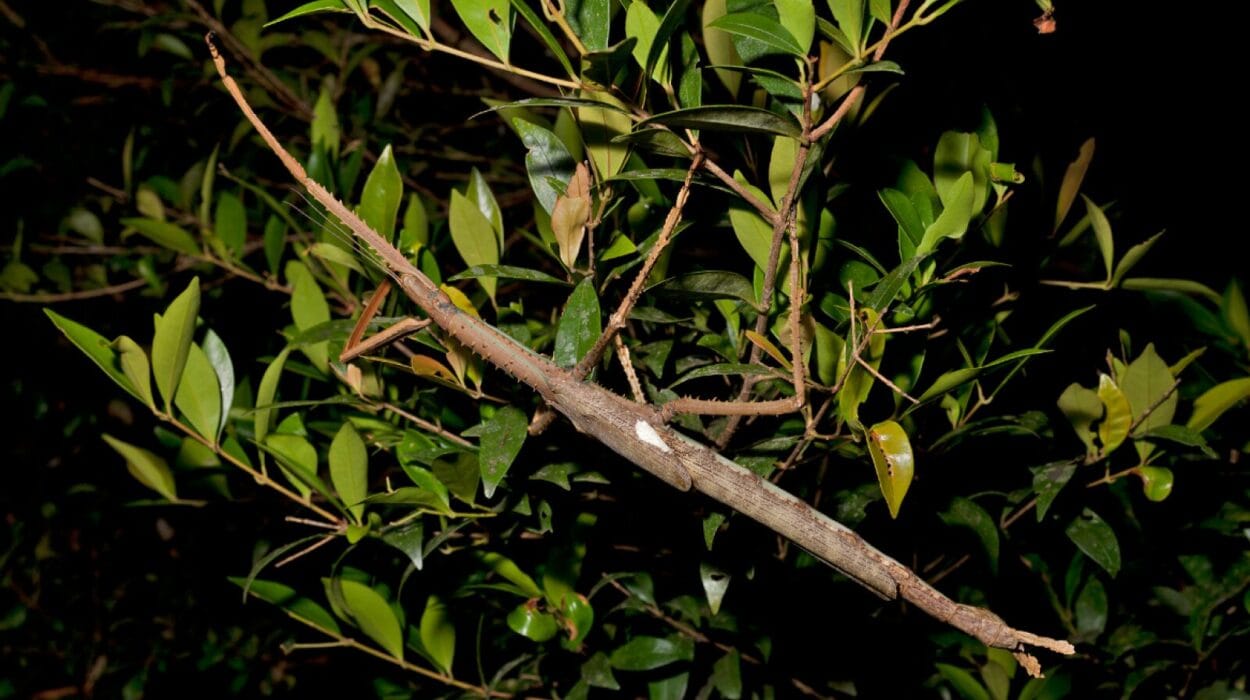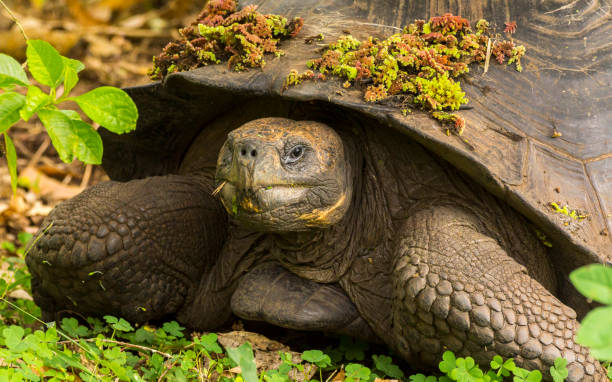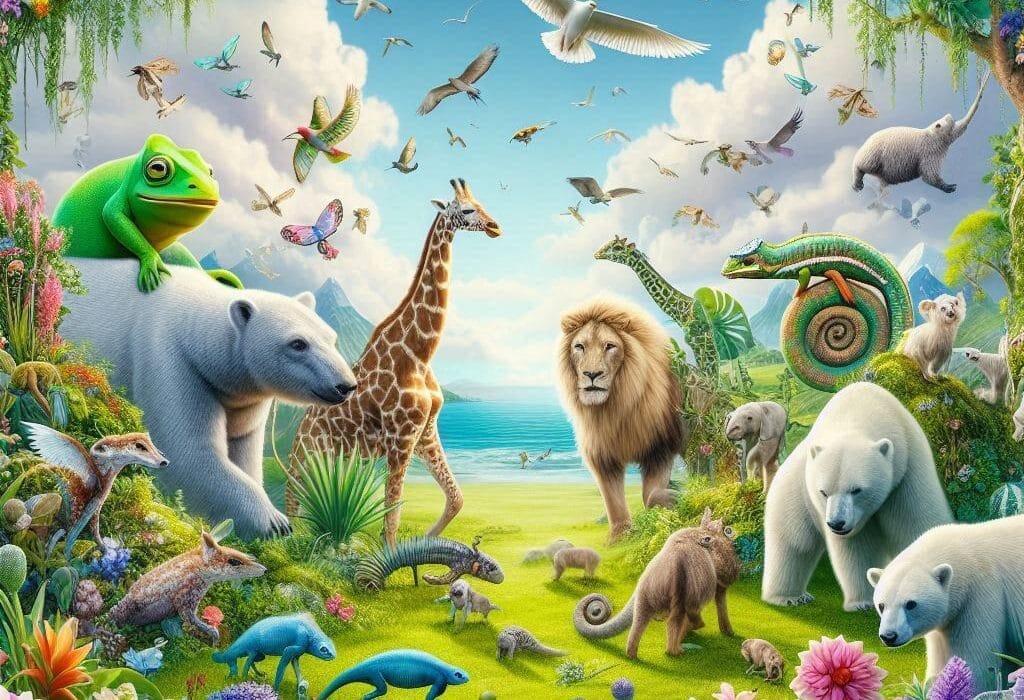If you look out at a forest, a field of grass, or even a simple houseplant, you are witnessing the handiwork of one of nature’s most extraordinary innovations: the chloroplast. These tiny, green organelles, nestled within the cells of plants and algae, are responsible for an act so vital that it shapes the very foundation of life on Earth—photosynthesis. Through this remarkable process, chloroplasts capture the raw energy of sunlight and transform it into chemical energy, sustaining nearly every organism on the planet either directly or indirectly.
But chloroplasts are far more than just solar panels for plants. They are the descendants of ancient free-living organisms, survivors of an evolutionary event so profound that it forever altered the history of life. They are biochemical factories, environmental sensors, and sometimes even architects of plant responses to stress and growth. Understanding chloroplasts means diving into a story that spans billions of years, connects the tiniest molecule to the largest ecosystems, and reveals some of the most beautiful secrets of biology.
In this deep exploration, we will journey inside the chloroplast, uncover its intricate workings, trace its incredible evolutionary origin, and appreciate its indispensable role in the global ecosystem—and perhaps glimpse the future where our understanding of chloroplasts might help solve the great challenges of our time.
The Discovery of Chloroplasts: A Green Mystery Unfolds
The word “chloroplast” comes from the Greek “chloros,” meaning green, and “plast,” meaning formed or molded. Early microscopists in the seventeenth and eighteenth centuries, using primitive lenses, peered into plant cells and noticed the green bodies within. They didn’t know what they were seeing at first—only that these structures seemed unique to plants and algae.
It wasn’t until the nineteenth century that scientists began piecing together the function of chloroplasts. The pioneering work of Jan Ingenhousz, who demonstrated that plants need sunlight to produce oxygen, and the further elucidation of the process of photosynthesis by researchers like Julius von Sachs, pointed to these green bodies as the sites where sunlight was transformed into life-giving energy.
By the early twentieth century, with advancements in microscopy and biochemistry, scientists finally confirmed that chloroplasts were not merely inert containers of green pigment but dynamic, living organelles with their own complex internal machinery, capable of capturing light energy and fueling the biosphere.
Structure of the Chloroplast: A Living Solar Factory
Imagine entering a chloroplast—it would feel like stepping into a labyrinthine, green-tinted world of extraordinary engineering. A chloroplast is typically lens-shaped, measuring about 5-10 micrometers in diameter—large compared to many other organelles, yet still invisible to the naked eye.
Surrounding the chloroplast is a double membrane—the outer membrane, which is relatively permeable, and the inner membrane, which is much more selective, controlling what enters and exits. Between them lies the intermembrane space, a small compartment that plays a role in regulating the internal environment.
Inside the inner membrane lies the chloroplast’s true powerhouse: the stroma. This dense, protein-rich fluid contains enzymes, ribosomes, DNA, and other essential molecules. Floating within the stroma are the thylakoids—flattened, disc-like sacs stacked into columns known as grana. The membranes of the thylakoids are embedded with chlorophyll and other pigments, the molecules that actually capture light energy.
It’s on the thylakoid membranes that the magic of photosynthesis begins, a choreography of light absorption, energy conversion, and molecular transport that would make the most sophisticated human technologies seem clumsy by comparison.
Photosynthesis: Powering the Planet
Photosynthesis is often summarized as the conversion of carbon dioxide and water into glucose and oxygen, using sunlight. The true story, however, is far more intricate and elegant.
Photosynthesis occurs in two main stages: the light-dependent reactions and the light-independent reactions, also known as the Calvin cycle.
The light-dependent reactions take place on the thylakoid membranes. When chlorophyll absorbs photons of light, it excites electrons to a higher energy state. These high-energy electrons travel along the electron transport chain, a series of proteins embedded in the membrane. Their movement powers the pumping of protons into the thylakoid space, creating a gradient. As protons flow back across the membrane through ATP synthase—an enzyme that acts like a miniature turbine—ATP is produced. Simultaneously, water molecules are split (a process called photolysis), releasing oxygen as a byproduct and providing additional electrons.
Meanwhile, the electrons eventually reduce NADP+ to NADPH, a high-energy carrier molecule. ATP and NADPH then fuel the Calvin cycle, which occurs in the stroma. Here, carbon dioxide is captured from the atmosphere and, through a series of enzymatic steps, is fixed into organic molecules like glucose. This stored energy can later be used by the plant for growth, reproduction, and survival—or passed along to herbivores and beyond in the food web.
Through photosynthesis, chloroplasts drive not just plant life but all terrestrial ecosystems, oceanic food chains, and even the air we breathe.
The Endosymbiotic Theory: A Story of Ancient Partnerships
The chloroplast’s structure offers tantalizing clues to its deep history. Unlike other organelles, chloroplasts have their own DNA, ribosomes, and machinery for protein synthesis. They divide independently of the host cell’s nucleus. These observations led to the revolutionary endosymbiotic theory, first popularized by biologist Lynn Margulis in the 1960s.
According to this theory, chloroplasts originated as free-living photosynthetic bacteria—specifically cyanobacteria—that were engulfed by a larger ancestral eukaryotic cell more than a billion years ago. Instead of digesting the invader, the host cell formed a symbiotic relationship with it. The engulfed cyanobacterium provided the host with photosynthetically produced sugars, while the host provided protection and access to nutrients.
Over time, most of the cyanobacterium’s genome was either lost or transferred to the host cell’s nucleus. What remained was a streamlined, highly specialized photosynthetic machine—today’s chloroplast.
This ancient merger wasn’t just a curious biological footnote; it was a pivotal event in Earth’s history. It led to the rise of algae and plants, the greening of continents, the oxygenation of the atmosphere, and the proliferation of complex life.
Chlorophyll and Other Pigments: Capturing the Colors of Light
At the heart of the chloroplast’s light-capturing ability is chlorophyll, the pigment that gives plants their green color. Chlorophyll molecules are masters at absorbing light—especially in the blue and red wavelengths—while reflecting green, which is why most plants appear green to our eyes.
There are different types of chlorophyll, with chlorophyll a being the primary pigment in all plants, algae, and cyanobacteria. Chlorophyll b, found in plants and green algae, assists by broadening the range of light wavelengths that can be absorbed.
Beyond chlorophyll, chloroplasts also house accessory pigments like carotenoids, which absorb light in different regions of the spectrum and help protect the plant from photodamage. Carotenoids are responsible for the brilliant reds, oranges, and yellows that emerge in autumn as chlorophyll breaks down and these hidden pigments are revealed.
Together, these pigments form a light-harvesting complex—a solar panel of remarkable sophistication—ensuring that as much of the sun’s energy as possible is captured and converted into chemical energy.
Chloroplast DNA: A Window into Evolutionary History
Chloroplast DNA (cpDNA) is a treasure trove for evolutionary biologists. Although much smaller than the nuclear genome, the chloroplast genome still contains around 100-120 genes, many of which are essential for photosynthesis and other chloroplast functions.
Comparisons of cpDNA sequences across different plant and algal species have provided insights into the evolutionary relationships among them. For example, cpDNA evidence has helped clarify the ancestry of major plant groups and trace the migration of plants across continents over millions of years.
Interestingly, not all genes necessary for chloroplast function remain within the chloroplast. Many have been transferred to the nucleus, and their products are imported back into the chloroplast. This tight integration between two genomes—a relic of the ancient endosymbiotic event—illustrates how flexible and dynamic genomes can be across evolutionary time.
Beyond Photosynthesis: Other Roles of Chloroplasts
While photosynthesis is their headline act, chloroplasts play many supporting roles as well. They are involved in the synthesis of fatty acids, amino acids, and secondary metabolites such as alkaloids and flavonoids, which can defend plants against herbivores and pathogens.
Chloroplasts are also sensitive environmental sensors. They can detect changes in light quality, quantity, and duration, influencing the plant’s developmental processes such as flowering and seed germination. Under stress conditions like drought, chloroplasts can generate signals that help the plant activate protective mechanisms.
Remarkably, some plants have even evolved ways to modify their chloroplasts for specialized functions. For instance, certain desert plants use a modified form of photosynthesis called CAM (Crassulacean Acid Metabolism) to conserve water, adjusting chloroplast activity to suit extreme conditions.
Chloroplasts in Modern Science and Technology
Today, our understanding of chloroplasts is not just academic—it has practical implications for the future of food, energy, and environmental sustainability.
Scientists are working to improve photosynthetic efficiency to increase crop yields and address global hunger. By tweaking chloroplast genes or introducing new pathways, researchers hope to create “super plants” that grow faster, require less water, and produce more biomass.
Chloroplasts are also being engineered as biological factories to produce pharmaceuticals, vaccines, and biofuels. The idea of harnessing the chloroplast’s ability to generate complex molecules directly from sunlight and carbon dioxide is a powerful vision for green biotechnology.
Some researchers are even exploring synthetic biology approaches to design entirely new types of photosynthetic organisms or hybrid systems that merge natural chloroplasts with artificial materials, opening up possibilities for new forms of renewable energy.
Conclusion: The Everlasting Legacy of Chloroplasts
Chloroplasts are far more than the reason plants are green. They are ancient survivors, brilliant chemists, evolutionary marvels, and the lifeblood of the biosphere. They link the energy of a distant star—the sun—to the flourishing diversity of life on Earth.
Through their tireless work, chloroplasts drive the cycles of carbon and oxygen that sustain ecosystems. They capture sunlight and transform it into the molecules of life. They have weathered planetary upheavals, mass extinctions, and climatic shifts, all while continuing their quiet, relentless labor.
Understanding chloroplasts not only deepens our appreciation of the natural world but also equips us with tools to meet humanity’s most pressing challenges. As we seek to feed a growing population, develop sustainable energy, and heal our planet, the chloroplast’s ancient green alchemy offers both inspiration and hope.
So the next time you look at a tree, a blade of grass, or even a tiny blade of pond algae, remember: within their cells, chloroplasts are tirelessly at work—masters of sunlight, architects of life, and perhaps, the green engines of a more sustainable future.
